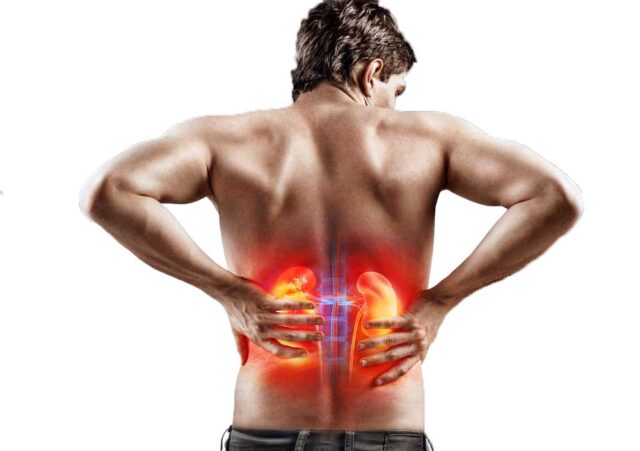By Beatrice Nakibuuka
Dr Anthony Buhangamaiso who is battling kidney failure, needed Shs 150million for a kidney transplant, scheduled for September 15, 2023.
His wife, Martha Namugabo, offered to donate her kidney to save her husband. The transplant was scheduled at Mediheal Hospital in Eldoret, Kenya.
Dr Buhangamaiso, 37, lives with his wife and children in Hoima, about 200 kilometres North-West of Kampala.
He became sick a year after completing his master’s degree in surgery. At the time, he had not yet even got a job.
Buhangamaiso has been diabetic for 20 years; a condition that doctors say increases the risk of kidney disease and failure.
In September 2022, he started experiencing itchiness and body swelling that interrupted his sleep and did not respond to treatment.
His wife, Namugabo says: “There was body swelling and breathlessness. At this point, we went to see a doctor. A diagnosis was made and after a few months, the doctor gave us hope that there could be a transplant. I decided to become a donor.”
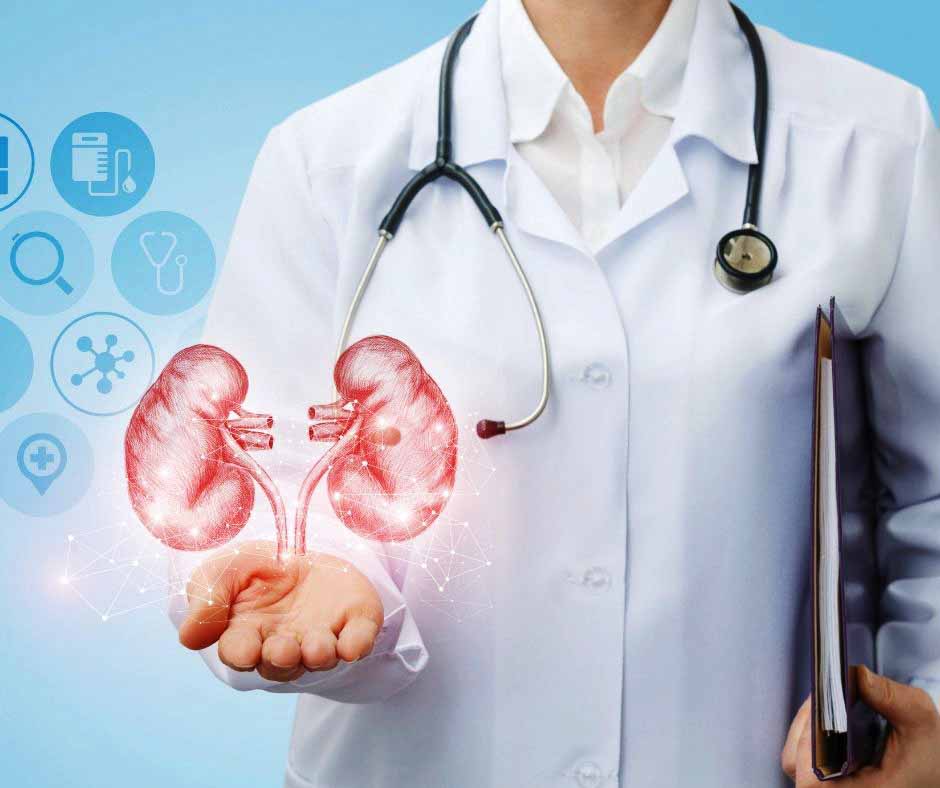
In January 2023, the doctor who was managing Dr Buhangamaiso, asked him to start dialysis as they prepare for a transplant, but the patient and his family said they were hesitant.
“We knew it would encroach on all our savings. We first rejected the plan to go for dialysis, but when his condition deteriorated, we started to go for dialysis.
“We went to Kiruddu Hospital, where we have been doing each session at Shs 60,000 compared to our preferred hospital, St Francis Hospital Nsambya, which required Shs 350,000 per session,” Namugabo said.
In March, Dr Buhangamaiso told his brother that it was very hard to fight a losing battle. He had no hope. Everything did not make sense.
Namugabo said caring for Dr Buhangamaiso has been one of the most challenging times for them as a family.
“We cannot sleep. I do not remember the time I last had a good night’s sleep. It is very hard for me as a wife and mother. I am no longer spending time with my children,” she said, adding,
“On the dialysis machine, it is painful. When he leaves the session, it is diarrhoea, vomiting and pain all the time. Our next step is to move to the transplant centre as quickly as possible so as to give my husband a chance to have a normal life.”
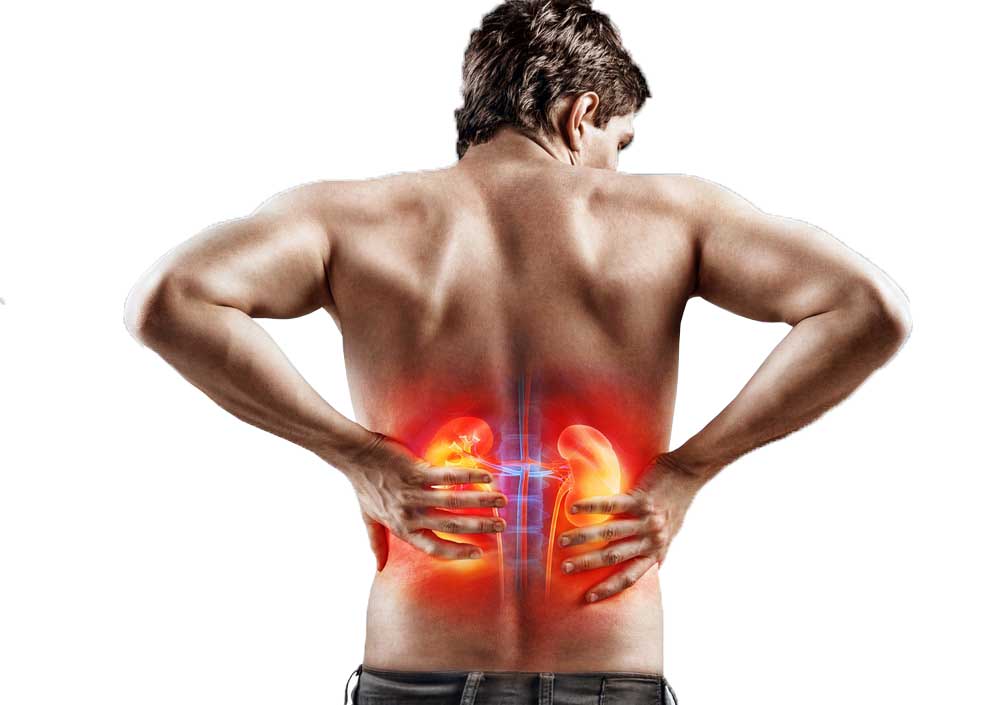
What kidney failure is
Kidney failure is when your kidneys do not have the ability to remove wastes from your blood after digestion, filter extra water out of your blood, and help control your blood pressure.
It can also affect red blood cell production and vitamin D metabolism which is needed for bone health.
According to Dr Dennis Kiguli, a renal specialist at Case Hospital, Kampala, acute kidney failure is when your kidneys suddenly stop working; when you do not have enough blood flow to the kidneys, dehydration, direct damage to the kidneys or urine backed up in the kidneys.
This can last between a week and up to about 90 days. Beyond 90 days, it becomes chronic and although the damage is slow and gradual, it can be very detrimental.
Causes
Causes of kidney failure are characterised into pre, intra and post-renal causes.
Age is a common cause of kidney failure among the elderly because as we grow older, the nephrons keep wearing out and kidney functions, therefore, reduce over time.
Poorly managed malaria, especially in children can also cause anaemia and damage to their kidneys in the long run.
“When you eat too much red meat, you put a lot of strain on your kidneys. Such practice, if continuous, wear out the kidneys. Dehydration affects the kidneys. This can be aggravated by medication that is nephrotoxic,” Dr Kiguli says.
Blood pressure and diabetes that are not controlled, and heart diseases interfere with the perfusion rate, genetics, alcohol and smoking.
The intra renal causes include kidney stones, polycystic kidney disease, auto immune problems and sepsis.
Post-renal causes can include urinary tract infections that are not well managed. This can spread to the kidneys.
Holding urine can also cause a backflow of urine and over time, this can damage the kidneys. Tumours, prostate enlargement, urethral strictures and other blockages can increase the risk of kidney failure.
Normally, the kidneys filter the blood, removing harmful waste products and excess fluids and turning these into urine to be passed out of the body.
When the kidneys are damaged, waste products and fluids can build up in your body.
Without treatment, the damage worsens and the kidneys may eventually stop working, creating a life-threatening situation.
Dr Kiguli says: “Your medical history is very important in the diagnosis of kidney failure. Thereafter, urine and blood tests can also be helpful to see how much waste product is in your urine or blood. Also, imaging tests like an ultrasound, would let the doctor see your kidneys clearly.”
According to Dr Kiguli, the estimated glomerular filtration rate (GFR) of 60 or higher (up to 120 per cent) is in the normal range, but one below 60 may mean kidney disease. A GFR of 15 or lower means kidney failure.
“Majority of the people in Uganda come to hospital when their kidney function is at 40 per cent and are not able to excrete toxins from the body,” he says.
Signs and symptoms
In the early stages of kidney failure, there are no signs. But with time, as the condition continues to advance, the following symptoms and signs may manifest:
- Fatigue
- Weakness
- Trouble thinking
- Nausea and vomiting
- Loss of appetite
- A metallic taste in your mouth
- Urine in blood
- Sleep issues
- Muscle twitches and cramps
- Swelling in your feet and ankles
- Shortness of breath, if fluid builds up in the lungs.
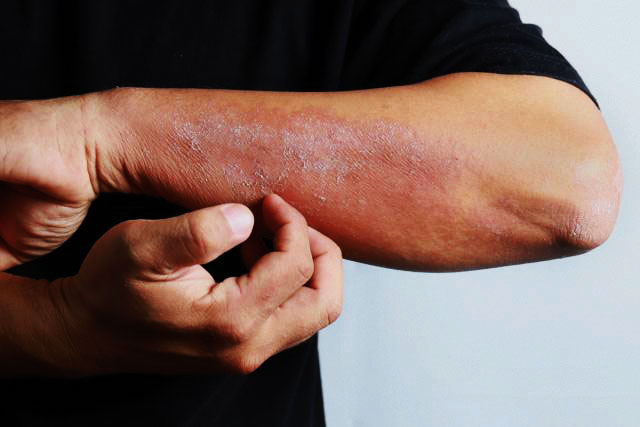
Treatment options
Having kidneys that do not work properly can place a substantial strain on your body.
Upon diagnosis, Dr Kiguli says a patient is put on clinical observation, monitored and given medication and restricted diet to see if there would be any improvements.
National Kidney Foundation guidelines recommend you start dialysis when your kidney function drops to 15 per cent or less or if you have severe symptoms caused by your kidney disease such as shortness of breathe, fatigue, muscle cramps, nausea or vomiting.
“If you are suffering from acute kidney failure, it may be a temporary problem and dialysis can be stopped when your kidneys recover. However, people with chronic kidney failure have to be on dialysis for the rest of their life, but often need a kidney transplant,” Dr Kiguli says.
Dialysis, also known as renal replacement therapy, is the process of removing excess water, solutes, and toxins from the blood in people whose kidneys can no longer perform these functions naturally.
Types of dialysis
There are two types of dialysis:
Haemodialysis
This is the most common type of dialysis. During the procedure, a tube is attached to a needle in your arm.
Blood passes along the tube and into an external machine that filters it, before it is passed back into the arm along another tube.
Haemodialysis is more effective and requires you to have three treatment sessions per week. However, you may need to visit the hospital each time and can cause itchy skin and muscle cramps.
Peritoneal dialysis
Peritoneal dialysis uses the inside lining of your abdomen (the peritoneum) as the filter, rather than a machine.
The peritoneum is a useful filtering membrane which contains thousands of tiny blood vessels.
To initiate the process, a small cut is created near the belly button of a patient and a thin catheter is inserted through the hole to the space inside the abdomen (the peritoneal cavity) and left there permanently.
Dialysis fluid is then pumped into the peritoneal cavity through the catheter.
As blood passes through the blood vessels lining the peritoneal cavity, waste products and excess fluid are drawn out of the blood and into the fluid.
The used fluid is, thereafter, drained into a bag about five hours later, and replaced with fresh fluid. The process needs to be repeated around four times a day.
“Peritoneal dialysis can be done quite easily at home and can sometimes be done while you sleep, but it needs to be done every day. It puts you at risk of developing peritonitis, an infection of the thin membrane that surrounds your abdomen,” he says.
According to reports from Ministry of Health, kidney disease is an increasing health problem in Uganda, now grouped among the top 10 causes of death, with a case fatality rate of 21 per cent among patients admitted.
Many patients with kidney failure in Uganda present late for care (51 per cent present for the first time with ESKD) and with advanced symptoms.
This is because kidney failure does not show any symptoms until it is too late. That is why Dr Kiguli recommends people should go for frequent kidney function tests.
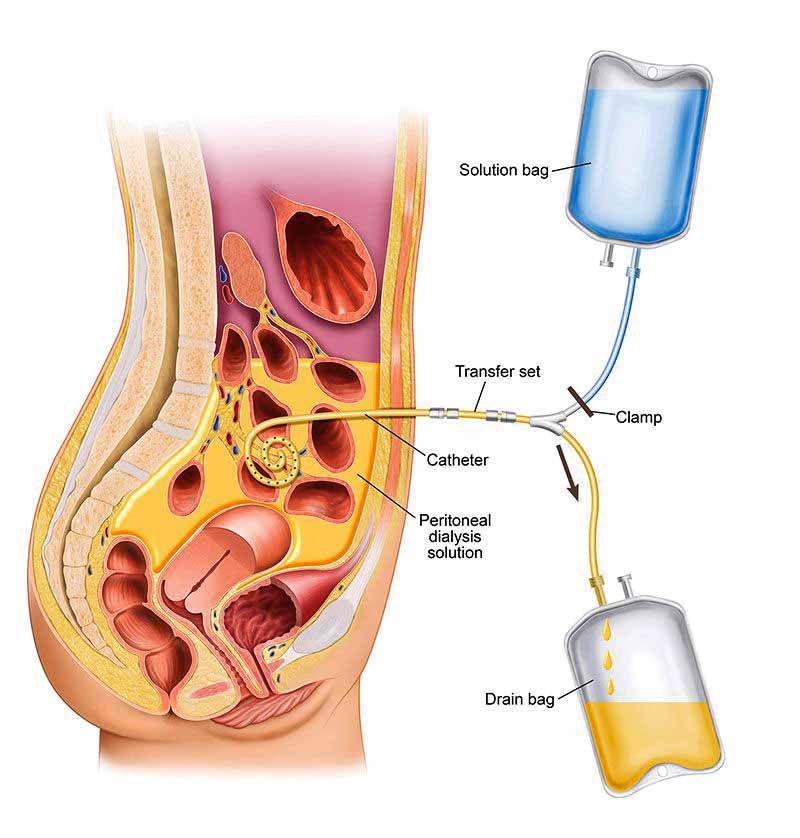
Dialysis access
As in many parts of the world, there are many more men on dialysis in Uganda than women.
Peritoneal dialysis (PD) was once the only method available in Uganda, but the logistics around PD delivery, lack of water, and proper hygiene, and a lack of community acceptance of the method, made it difficult to sustain it after introduction of haemodialysis.
Intermittent haemodialysis is normally undertaken two to three times a week for patients with chronic disease.
Most patients on dialysis at government dialysis units get two sessions per week. This is due to the overwhelming numbers of patients amiddst limited number of machines and trained health care workers.
Some dialysis shifts begin as early as 3:00AM to ensure that all patients scheduled for the day can access dialysis.
According to research by Dr Robert Kalyesubula, a kidney specialist, Uganda follows the international eligibility criteria for initiating dialysis, but the greatest determinant of who gets dialysis and who does not is financial status.
Whereas government or public centres fill to capacity, private centres often have empty dialysis chairs or beds that go unfilled for days because of their relatively high costs.
A session costs Shs 400,000 in a private hospital and most of the cost for the care are out of the patient’s pocket.
















